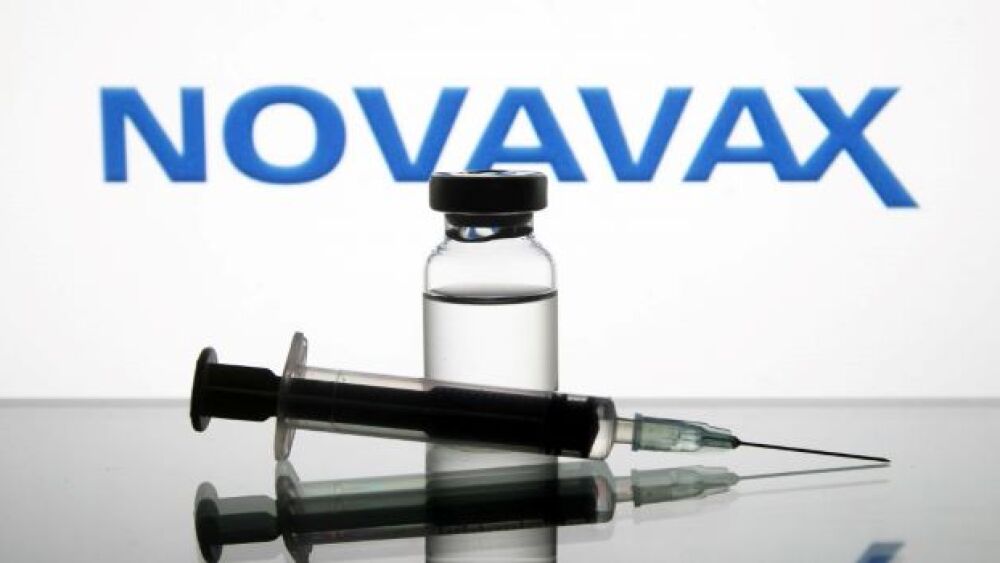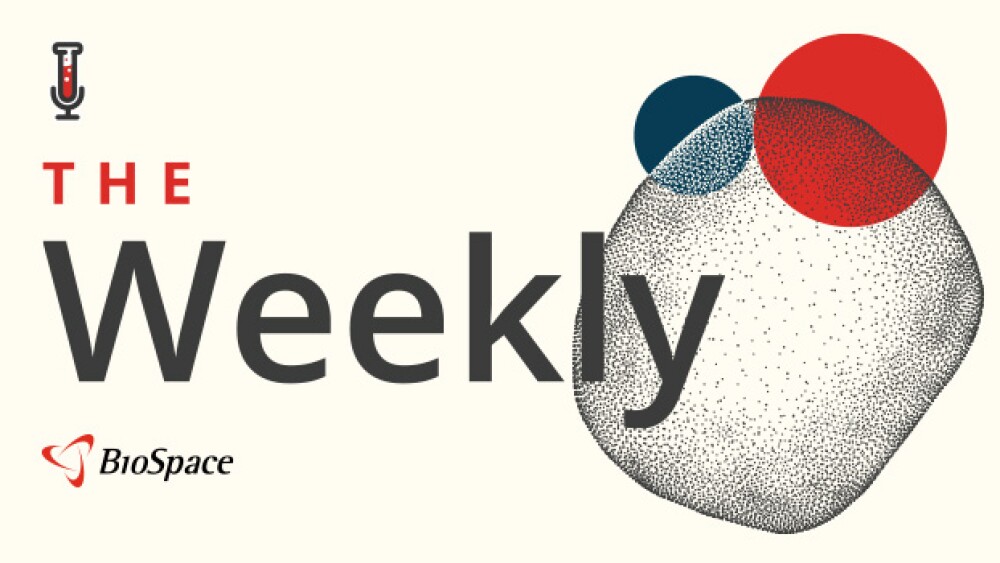Clearance Expands Company's Low-Profile, Minimally Invasive Product Portfolio, Broadens Treatment Options for Patients and Physicians
ST. PAUL, Minn.--(BUSINESS WIRE)--Cardiovascular Systems, Inc. (NASDAQ: CSII) (CSI), announced today that it has received FDA clearance for the new 4 French (4 Fr) 1.25 Solid Diamondback 360® Peripheral Orbital Atherectomy System (OAS) for the treatment of peripheral artery disease (PAD).
“CSI’s new 4 Fr compatible Diamondback devices are redefining interventional vascular medicine”
Specifically, the clearance covers the company’s 145cm long:
- New 1.25mm Diamondback 360 Solid Crown, 4 Fr sheath compatible; and
- Modified 1.25mm Diamondback 360 Micro Crown, 4 Fr sheath compatible.
“We are committed to advancing CSI’s proven OAS technology, and redefining minimally invasive therapies,” said David L. Martin, CSI president and chief executive officer. “Last year we secured FDA clearance for our 60cm peripheral devices which opened up access sites in the foot, allowing physicians to treat challenging lesions in the lower leg. This new clearance further expands our 4 Fr, low-profile product portfolio, with longer and enhanced devices. Physicians now have the ability to treat PAD below the knee through as small as 4 Fr access sites in the groin, or to treat the upper leg from foot access sites.”
CSI’s Diamondback Peripheral 145cm systems are available in two crown designs, the 1.25mm Solid Crown, and the 1.25mm Micro Crown. Both devices offer a smaller profile and a more flexible shaft for improved ease of use.
“CSI’s new 4 Fr compatible Diamondback devices are redefining interventional vascular medicine,” said Dr. Cezar Staniloae, NYU Medical Center. “The use of smaller access sheaths has been shown to reduce procedure times, enable quicker patient recovery, and result in fewer procedural complications from bleeding, providing additional procedural benefits to patients and physicians—in addition to expanding physicians’ treatment options.”
As many as 18 million Americans, most over age 65, suffer from PAD, which is caused by plaque accumulation in peripheral arteries (commonly the pelvis or leg) reducing blood flow. Symptoms include leg pain when walking or at rest. Left untreated, PAD can lead to severe pain, immobility, non-healing wounds and eventually limb amputation. With risk factors such as diabetes and obesity on the rise, the prevalence of PAD is growing at double-digit rates.
Moreover, approximately 25 percent of PAD cases will progress to critical limb ischemia (CLI), which is associated with complex occlusions in the tibial arteries (responsible for supplying blood flow to the lower legs and feet). It is estimated that up to 20 percent of these occlusions are unable to be treated from the traditional femoral artery access site. However, recent advancements in technology and techniques have made the use of retrograde tibiopedal access (where physicians achieve access through the arteries in the foot or ankle) more popular, thereby expanding the treatment options available for PAD patients.
Millions of patients with PAD may benefit from treatment with orbital atherectomy utilizing the Stealth 360® and Diamondback 360 Peripheral Orbital Atherectomy Systems, minimally invasive catheter systems developed and manufactured by CSI. These systems use a diamond-coated crown, attached to an orbiting shaft, which sands away plaque while preserving healthy vessel tissue—a critical factor in Cardiovascular Systems, Inc. preventing reoccurrences. Balloon angioplasty and stents have significant shortcomings in treating hard, calcified lesions. Stents are prone to fractures and high recurrence rates, and treatment of hard, calcified lesions often leads to vessel damage and suboptimal results.
Product Disclosure
The Stealth 360® and
Diamondback 360® Peripheral Orbital Atherectomy Systems are
percutaneous orbital atherectomy systems indicated for use as therapy in
patients with occlusive atherosclerotic disease in peripheral arteries
and stenotic material from artificial arteriovenous dialysis fistulae.
The systems are contraindicated for use in coronary arteries, bypass
grafts, stents or where thrombus or dissections are present. Although
the incidence of adverse events is rare, potential events that can occur
with atherectomy include: pain, hypotension, CVA/TIA, death, dissection,
perforation, distal embolization, thrombus formation, hematuria, abrupt
or acute vessel closure, or arterial spasm.
About Cardiovascular Systems, Inc.
Cardiovascular Systems,
Inc., based in St. Paul, Minn., is a medical device company focused on
developing and commercializing innovative solutions for treating
vascular and coronary disease. The company’s Orbital Atherectomy Systems
treat calcified and fibrotic plaque in arterial vessels throughout the
leg and heart in a few minutes of treatment time, and address many of
the limitations associated with existing surgical, catheter and
pharmacological treatment alternatives. The U.S. FDA granted 510(k)
clearance for the use of the Diamondback Orbital Atherectomy System in
peripheral arteries in August 2007. In October 2013, the company
received FDA approval for the use of the Diamondback Orbital Atherectomy
System in coronary arteries. To date, nearly 182,000 of CSI’s devices
have been sold to leading institutions across the United States. For
more information, visit the company’s website at www.csi360.com.
Safe Harbor
Certain statements in this news release are
forward-looking statements within the meaning of the Private Securities
Litigation Reform Act of 1995 and are provided under the protection of
the safe harbor for forward-looking statements provided by that Act. For
example, statements in this press release regarding (i) the new 4 Fr
compatible devices redefining interventional vascular medicine and the
benefits from the use of such devices; (ii) the rate of growth in the
prevalence of PAD; and (iii) the number of patients that may benefit
from treatment with orbital artherectomy utilizing CSI devices, are
forward-looking statements. These statements involve risks and
uncertainties that could cause results to differ materially from those
projected, including, but not limited to, dependence on market growth;
the reluctance of physicians, hospitals and other organizations to
accept new products; the experience of physicians regarding the
effectiveness and reliability of CSI’s products; actual clinical trial
and study results; the impact of competitive products and pricing;
general economic conditions and other factors detailed from time to time
in CSI’s SEC reports, including its most recent annual report on Form
10-K and subsequent quarterly reports on Form 10-Q. CSI encourages you
to consider all of these risks, uncertainties and other factors
carefully in evaluating the forward-looking statements contained in this
release. As a result of these matters, changes in facts, assumptions not
being realized or other circumstances, CSI's actual results may differ
materially from the expected results discussed in the forward-looking
statements contained in this release. The forward-looking statements
made in this release are made only as of the date of this release, and
CSI undertakes no obligation to update them to reflect subsequent events
or circumstances.
Contacts
Cardiovascular Systems, Inc.
Jack Nielsen, 651-202-4919
j.nielsen@csi360.com
or
PadillaCRT
Matt
Sullivan, 612-455-1709
matt.sullivan@padillacrt.com




